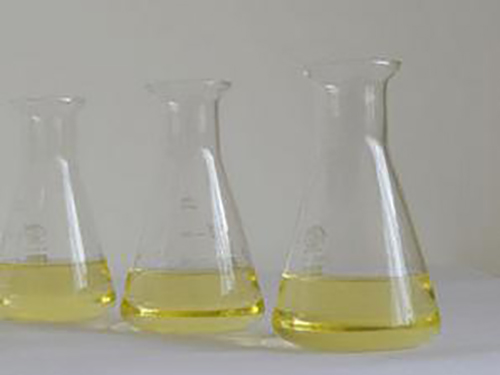Exploring the Applications and Benefits of Poly Aluminium Compounds in Water Treatment Processes
Poly Aluminium An Overview of Its Properties and Applications
Poly aluminium, commonly referred to as polyaluminium chloride (PAC), is a versatile and widely used chemical compound in various industries, particularly in water treatment and purification processes. Its unique properties make it an effective coagulant and flocculant, which helps in the removal of impurities from water and wastewater.
Composition and Properties
Polyaluminium chloride is a high-performance inorganic polymer that consists of aluminium, chlorine, and hydroxyl ions. It is synthesized by the hydrolysis of aluminium chloride, resulting in a product that exhibits a relatively low molecular weight and a high charge density. Poly aluminium is often found in different forms, including liquid and solid varieties, with different aluminium contents tailored to specific applications.
One of the key properties of PAC is its ability to form flocs, which are aggregates of particles that come together in the presence of a coagulant. This is largely due to its cationic nature, which facilitates the neutralization of negatively charged particles in water, such as organic matter and colloids. Moreover, pac demonstrates high solubility in water and a quick rate of action, making it an efficient choice for various treatment processes.
Applications
The primary application of poly aluminium is in the field of water treatment
. It is extensively used in both municipal and industrial sectors to purify drinking water and treat wastewater. The coagulation and flocculation processes involving PAC enhance the separation of suspended solids, resulting in clear and safe water. This makes it a preferred choice over traditional coagulants like aluminium sulphate, as PAC often requires lower doses and produces less sludge.poly aluminium

In addition to water treatment, polyaluminium is utilized in several other applications. In the paper industry, PAC serves as a retention and drainage aid, improving the quality of paper products while reducing water consumption. Its usage in the textile industry involves dyeing and finishing processes, where it helps improve the fixation of dyes onto fabrics, resulting in vibrant colors and reduced water pollution.
Moreover, poly aluminium finds application in the food industry, particularly in the clarification of fruit juices and beverages. Its ability to enhance the clarity of liquids while removing unwanted particles and impurities contributes to the overall quality of the final product. Furthermore, PAC is used in the cosmetics industry as a stabilizer and emulsifier for various formulations.
Environmental Considerations
While polyaluminium is an effective agent used across various industries, its environmental impact is a crucial factor to consider. The application of PAC is generally associated with lower residual aluminium levels in treated water compared to other coagulants. However, monitoring and regulation are essential to ensure safe levels, as excessive accumulation of aluminum may pose health risks to humans and aquatic life.
Conclusion
In conclusion, poly aluminium chloride is a pivotal chemical compound with significant roles in water treatment and various industrial applications. Its efficient coagulation and flocculation properties make it a preferred choice across multiple sectors, from municipal water treatment to food and textile industries. As industries strive for better environmental practices, the use of polyaluminium showcases a balance between effective performance and reduced environmental impact, making it an essential substance in contemporary water management strategies. As research continues, the potential for further innovations and applications of this remarkable compound remains promising.
-
Water Treatment with Flocculant Water TreatmentNewsJun.12,2025
-
Polymaleic AnhydrideNewsJun.12,2025
-
Polyaspartic AcidNewsJun.12,2025
-
Enhance Industrial Processes with IsothiazolinonesNewsJun.12,2025
-
Enhance Industrial Processes with PBTCA SolutionsNewsJun.12,2025
-
Dodecyldimethylbenzylammonium Chloride SolutionsNewsJun.12,2025





